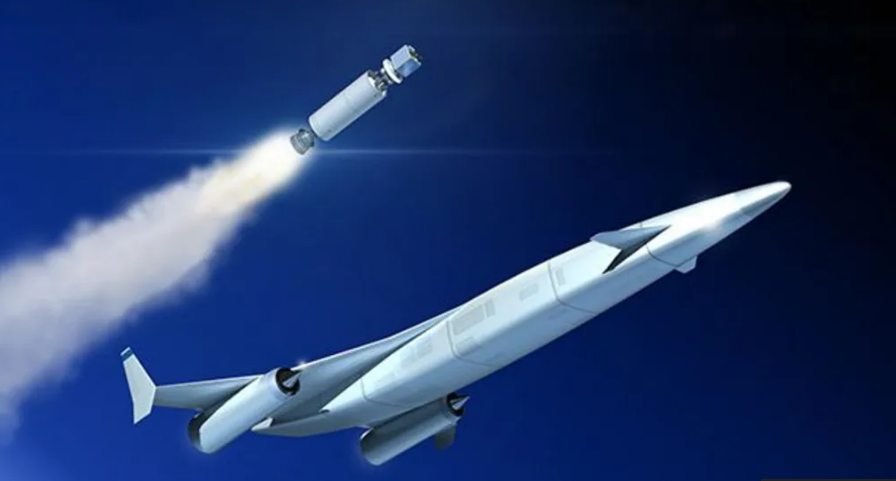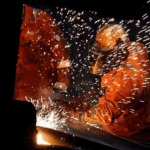Reaction Engines, the once-celebrated British aerospace firm behind groundbreaking propulsion technology, has collapsed after more than three decades of development, citing a lack of funding as the final blow to its ambitious hypersonic engine project.
Founded in the 1980s out of the UK’s Hotol space plane project, Reaction Engines was known for developing a revolutionary heat exchanger system capable of cooling 1,000°C incoming air at hypersonic speeds — a key enabler for high-speed aircraft and reusable space vehicles. The company’s work captured the imagination of the public and the attention of major aerospace players, but ultimately fell victim to what industry insiders call “the Valley of Death” — the perilous gap between innovation and commercialisation.
Richard Varvill, the firm’s former Chief Technology Officer and one of its earliest champions, reflected on the company’s final months with evident frustration. “We were turning it around with an improved engine,” he said. “Just as we were getting close to succeeding, we failed. That’s a uniquely British characteristic.”
Despite securing Ministry of Defence backing and entering a partnership with Rolls-Royce for hypersonic research, Reaction Engines was unable to secure the substantial investment needed to bring its SABRE engine to market. Rolls-Royce, Boeing, and BAE Systems — all strategic investors — declined to inject further funds. “They had other priorities,” said Varvill. “And the UK military has very little money.”
The final chapter unfolded in October 2024. Employees were informed en masse of the company’s closure during an emotional meeting at headquarters. Over 200 staff were made redundant on the spot. “It was pretty grim,” said Varvill. “Some people were in tears. A lot of them were shocked — we had been fighting to the very end.”
Kathryn Evans, who led the company’s space and defence efforts, described the moment the axe fell. “There was so much uncertainty, but also hope,” she said. “Then my adrenaline crashed.” She remembers colleagues capturing farewell photos on a Polaroid camera, sharing personal messages on a wall. Her own tribute: “I will very much miss working with brilliant minds in a kind, supportive culture.”
Reaction Engines’ U.S. president, Adam Dissel, echoed the heartbreak felt across the company. “The technology worked. It was mature. But we couldn’t get the final push,” he said, lamenting that a lack of enthusiasm from big investors discouraged others.
As administrators now seek buyers for the company’s intellectual property, some former staff still believe the story isn’t over. “We were working at the edge of what was possible,” said Dissel. “We bit off the hard job — and we may yet see someone else finish it.”
For Varvill, the legacy of Reaction Engines is bittersweet. “We failed because we ran out of money,” he said. “But we dared to do something truly extraordinary.”

















